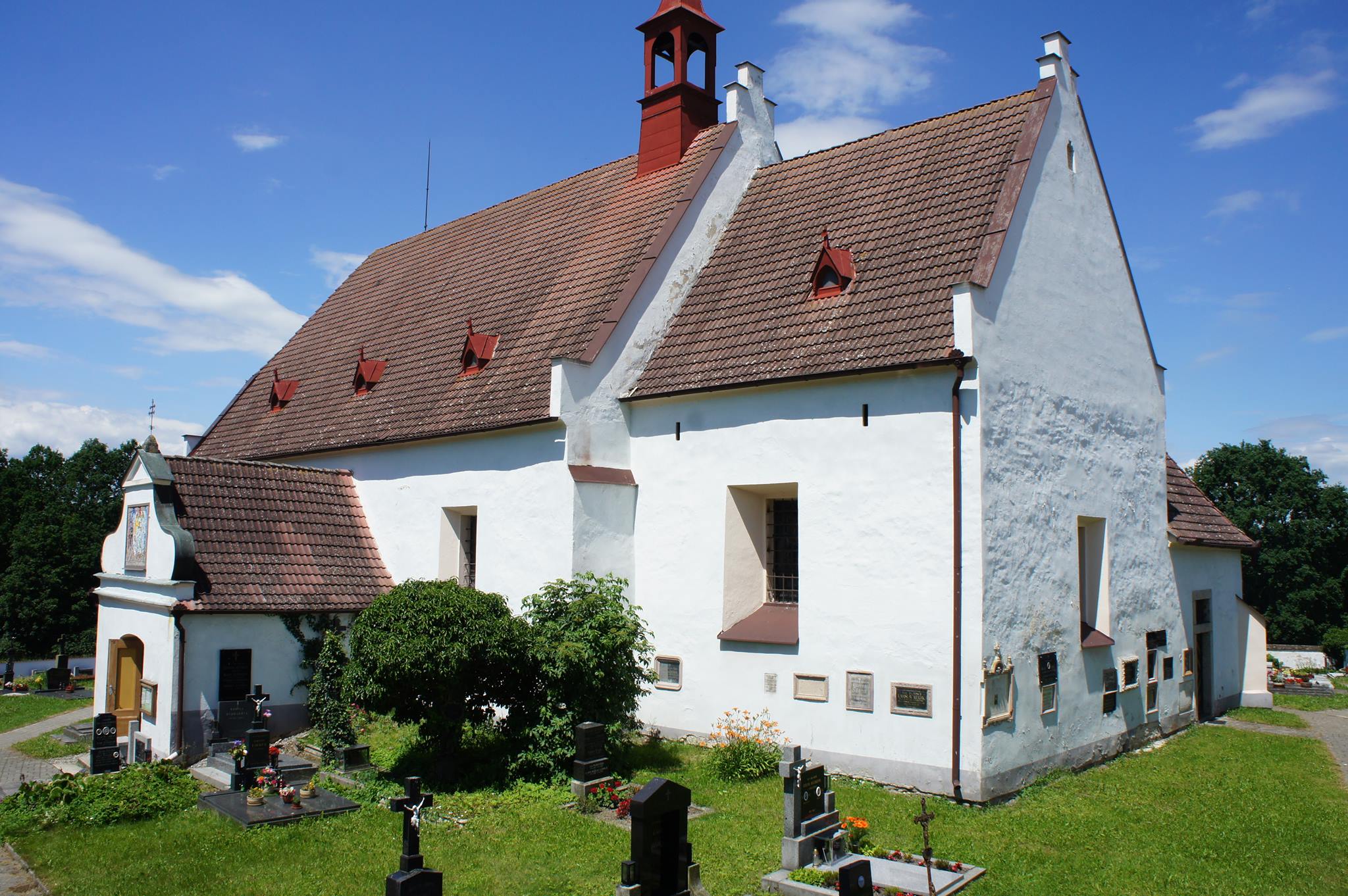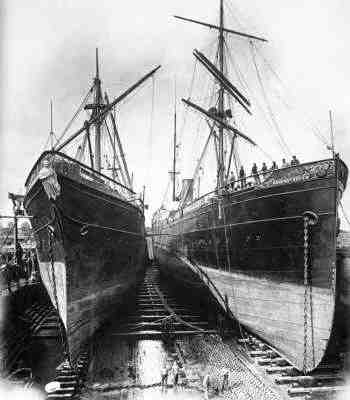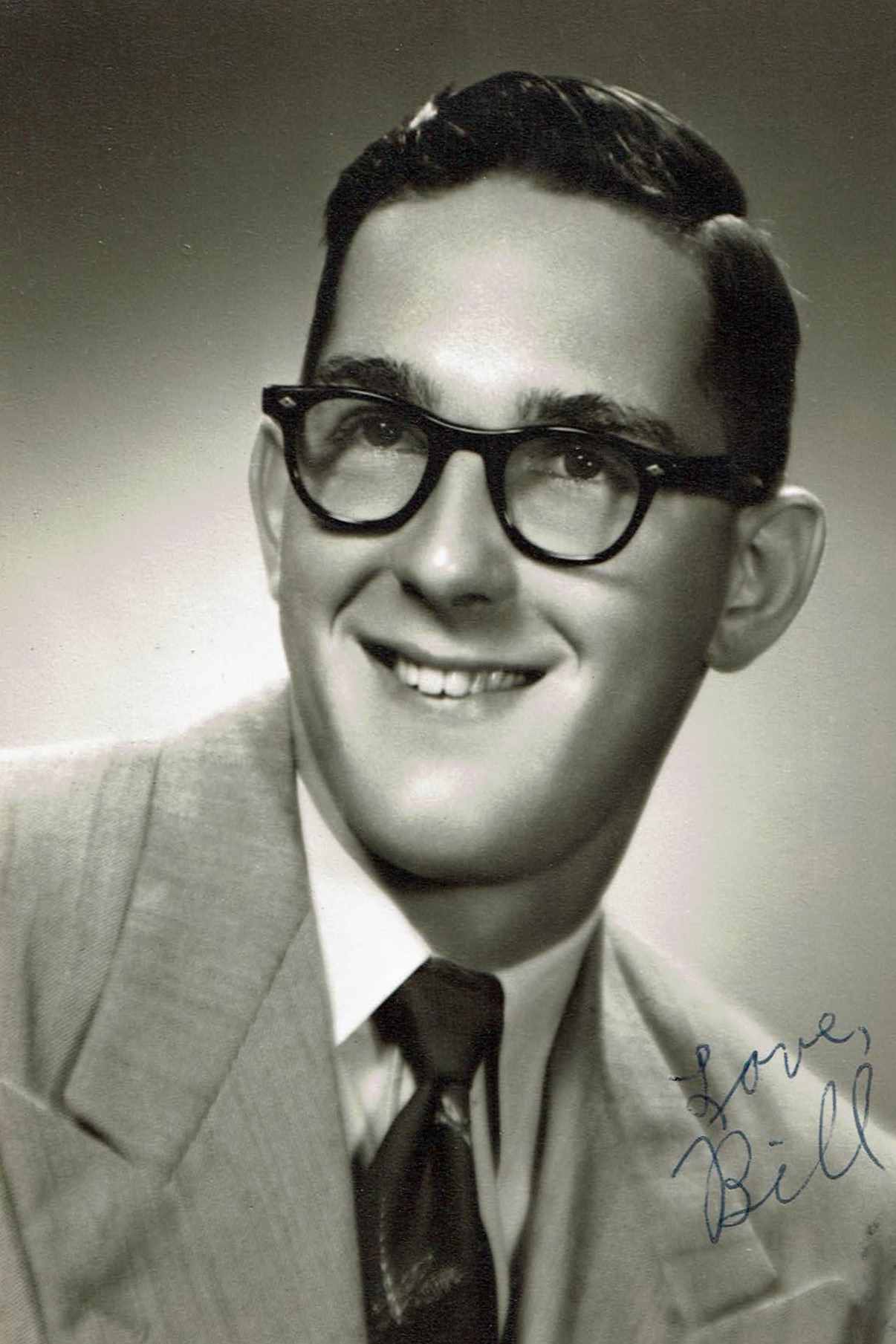
 Jindra and Chaloupka Families
Jindra and Chaloupka FamiliesFrom Europe to Manitowoc County, WI
Jindra Family
Chaloupka Family
Family Stories
Places of Interest
Jan Chaloupka (son of Jan Chaloupka 1788-1846) was born in Kocin, Bila Hurka, Czech Republic on 18 April 1831. The name Chaloupka is Bohemian/Czech and translates to little cottage.
Jan and his wife Mary (Svoboda) were the parents of eleven children. Several of them died young. The Chaloupka family taught me not to make assumptions when doing genealogy. The 1900 census showed Mary as the mother of seven children; five still alive. I was able to identify the five living and one of the deceased, but always assumed that the seventh child died young. I was mistaken.
After locating the family in the records of the Czech Republic, I found that the family had eleven children: four died young, six traveled with them to America and one, Anna Chaloupkova (feminine version of Chaloupka) immigrated to the United States before the rest of the family. She landed in Baltimore, Maryland on 22 November 1869. A year later on 26 December 1870 she married Frank Kohout.
Frank and Anna settled in the Town of Kossuth. Part of their property was sold after 1878 to Jan Chaloupka as shown on the 1893 corner of the Town of Kossuth map to the left. Note: The Supita property to the north (labeled Shupler) was that of Jacob Supita. His daughter, Mary, married Joseph Chaloupka, son of Jan and Mary. Jacob was the original Fischerville blacksmith. Also, the Kohouts and Chaloupkas lived next to the George Jindra, Jr. farm. Mary Kohout, Frank and Anna's daughter married Joseph Jindra, Sr., George Jindra, Jr.'s son.
Anna died at the age of 37 leaving Frank to raise their four childrena alone. We assume Anna's mother, Mary (Svoboda), and Joseph's wife, Mary (Supita), helped in raising the children since they lived so close.
Jan and Mary's children were baptized in the Catholic faith probably by the priest of the Church of St. Stephen, Bila Hurka. The children were as follows:

The family immigrated to the United States in May 1873 traveling on the ship SS Weser. They arrived in the port of New York - which at the time would have been Castle Garden. There were 750 passengers on board. The family were passengers 303-310.

The SS Weser was an ocean liner owned by North German Lloyd. The six year old ship was built in 1867 and served the Bremen-Southampton-New York-Baltimore line from June 1, 1867 until June 13, 1895 when she was transferred to the Bremen-South America service for two round trip voyages until being sold to an Italian company in June 1896. She was renamed the Seravalle and flew under the Italian flag. The ship was scrapped in August 1896 in Genoa, Italy.
More research has to be done to sort out all the land ownership, The Chaloupka family owned property in the Towns of Kossuth, Mishicot, and Gibson. Family members still own some of the property to this day. The Chaloupkas were farmers all of their lives. William G. Chaloupka was the first to break the farming tradition. He attended Northwestern University in Illinois for a year, but as his parents still had young children at home he quit school and came back home to help with the farm. His fiance often babysat for the young children when he was out doing the chores.
William G., Bill or Bud as he was known, later became a mechanical engineer designing hose couplings and fittings. While the family was not known for their inventions, I recall hearing a story that my father designed a hose coupling that was on the first rocket that landed on the moon. The coupling had to withstand the heat and the cold of the changing environment in space. I also recall him designing a part for Kraft Miracle Whip/mayonnaise. The only part of the story I recall is the project or one of the ingredients was heated at a hot temperature and immediately went into a very cold temperature. The fitting had to withstand heat on one side and cold on the other.
 Dad was a quiet man, but very intelligent. He could convert American measurements to metric in his head in a blink of an eye. I always looked up to Dad. As he progressed in years, I noticed a loss of his ability to remember things. He was a frequent drinker by today's standards. About 20 years before his death, he began repeating things relatively frequently. Family members chalked it up to the alcohol having an effect on his brain. As the memory issues increased and Mom's concerns became greater, he was taken in for testing. About ten years before his death, he was diagnosed with Alzheimer’s disease. In 2020, in the middle of the global COVID pandemic, Mom and I decided it was time to transfer Dad to a facility that could better handle his needs. It was a tough time for the family. Dad passed eight months later on July 22, 2021. We are sure he was confused at his situation. Not only did he not have the capacity to recall simple things, he was alone, as the pandemic did not allow for frequent visits by the family.
Dad was a quiet man, but very intelligent. He could convert American measurements to metric in his head in a blink of an eye. I always looked up to Dad. As he progressed in years, I noticed a loss of his ability to remember things. He was a frequent drinker by today's standards. About 20 years before his death, he began repeating things relatively frequently. Family members chalked it up to the alcohol having an effect on his brain. As the memory issues increased and Mom's concerns became greater, he was taken in for testing. About ten years before his death, he was diagnosed with Alzheimer’s disease. In 2020, in the middle of the global COVID pandemic, Mom and I decided it was time to transfer Dad to a facility that could better handle his needs. It was a tough time for the family. Dad passed eight months later on July 22, 2021. We are sure he was confused at his situation. Not only did he not have the capacity to recall simple things, he was alone, as the pandemic did not allow for frequent visits by the family.
Within the same memory care community, Mary Scheuer was living. Mary was my mentor in high school. She inspired me to love history, be inspired by libraries, and most of all to be myself and don't worry about what other people think of me. I will always have fond memories of Mrs. Scheuer.
Her first years of teaching in the Mishicot Community School system was when my father was a junior and senior in high school (1953-56). My mother recalls the senior boys flirting with Miss Haen because she was so pretty. Mary served the Mishicot School System for 45 years retiring in 1998. When I knew her, she was the high school librarian. She oversaw the yearbook staff and newspaper staff. I was the editor of the yearbook and newspaper in my senior year and spent many of my free hours in the back room of the library with the mimeograph machine.
We make every effort to document our research. If you have questions or have something you would like to add, please contact us by using the link to the left.